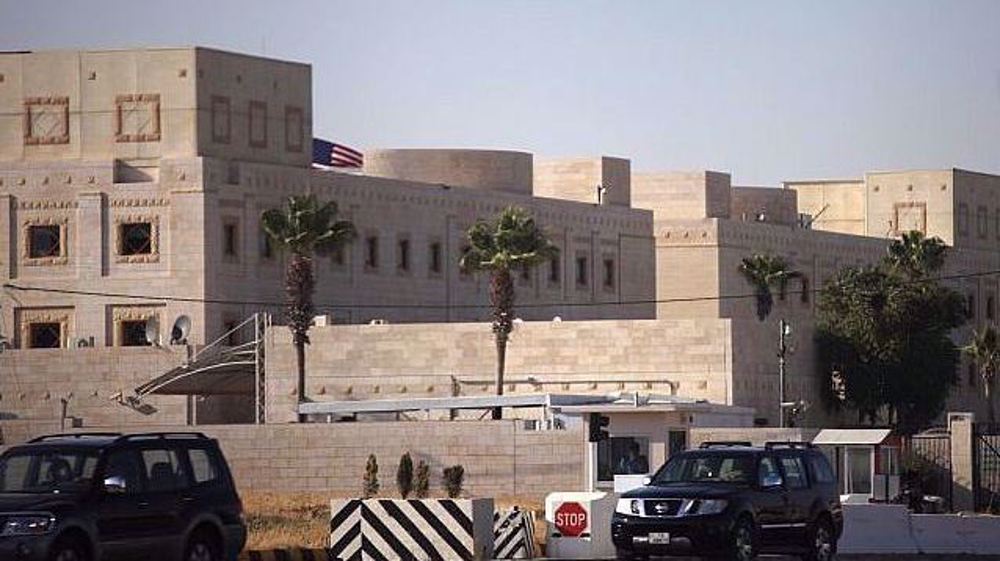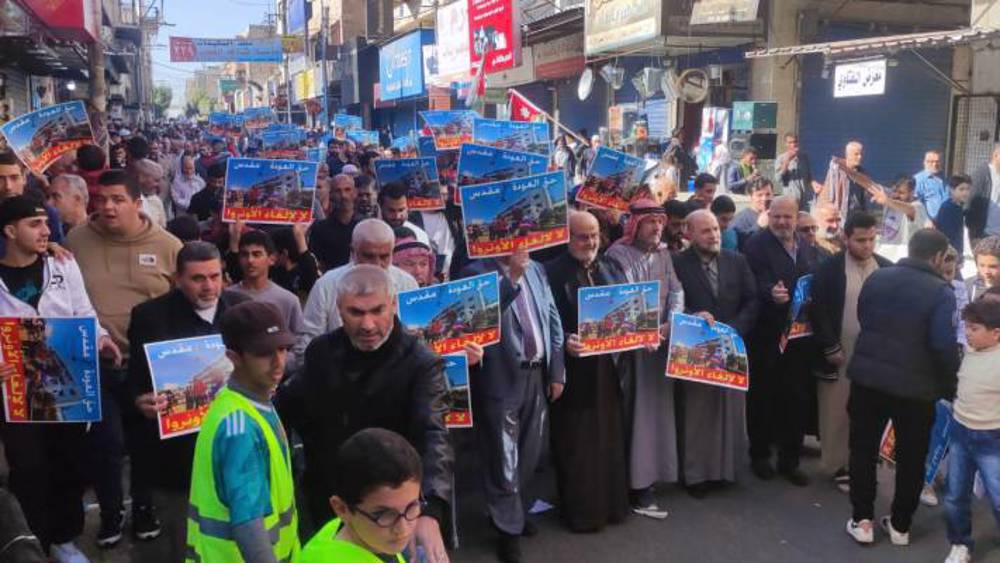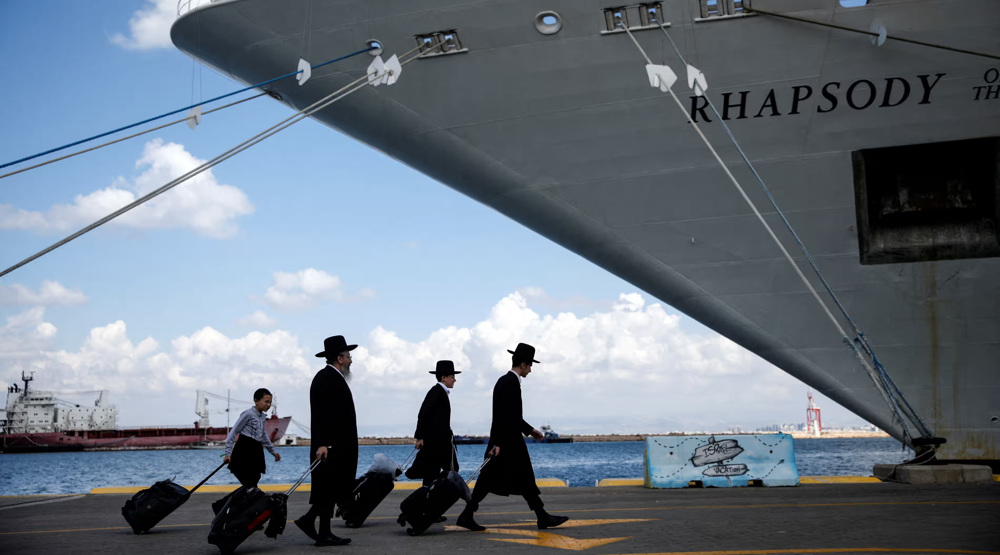Dozens killed in fresh Saudi airstrikes on Yemen
Dozens of people have been killed and many more injured as Saudi military aircraft conducted a fresh round of airborne attacks against several areas across the impoverished and crisis-stricken Yemen.
On Sunday morning, Saudi fighter jets struck the presidential compounds in al-Nahdain and Jabal al-Naqam neighborhoods of the capital, Sana’a. There were no immediate reports of possible casualties and the extent of damage the assaults inflicted.
Saudi warplanes also fired a number of missiles into Faj Attan and al-Hafa military bases on the western outskirts of Sana’a, as well as al-Arqoub military camp, which lies east of the Yemeni capital.
Local sources, requesting anonymity, said at least four civilians, among them a child, lost their lives in the air raids, while several others sustained injuries.

Elsewhere in Yemen, three people were killed and seven others injured when Saudi jets bombarded Qaryat al-Rakab region of the southwestern province of Ta’izz. Witnesses said the bodies of the victims were strewn around and some of them were badly shattered.
Saudi aircraft also completely destroyed a military convoy in al-Barh region as it was heading to the city of Ta’izz, situated 260 kilometers (166 miles) south of Sana’a. A number of people were killed and wounded in the attack.
Additionally, Saudi warships launched a number of missiles towards the southwestern seaport city of Aden as well as two areas in the town of Ma’ala.

Saudi Arabia launched its air campaign against Yemen on March 26 - without a United Nations mandate - in a bid to undermine the Houthi Ansarullah movement and to restore power to the country’s fugitive former president, Abd Rabbuh Mansur Hadi, a staunch ally of Riyadh.
On April 21, Riyadh announced the end of the first phase of its unlawful military operation, which has claimed the lives of nearly 1,000 people, but airstrikes have continued with Saudi bombers targeting different areas across the country.
According to Yemen’s Health Ministry, the month-long Saudi aggression has killed nearly 150 children and around 100 women.
MP/MKA/HMV
Yemeni missile strikes chaos, mayhem into central Tel Aviv; triggers stampede that injures 20
VIDEO | 444 days of ethnic cleansing
VIDEO | Bethlehem's Christmas dimmed by war, restrictions
Israel admits assassinating Hamas leader, vows to inflict same fate on Yemeni fighters, people
VIDEO | Yemeni forces repel US-British attack, down F-18 Jet
Iran’s capabilities vast; enemy’s ‘maximum pressure’ policies all failed miserably: Senior official
Iran’s economy grew 2.7% y/y in Sep quarter: CBI
VIDEO | Freelancers in Gaza strive to stay online amid genocide










 This makes it easy to access the Press TV website
This makes it easy to access the Press TV website